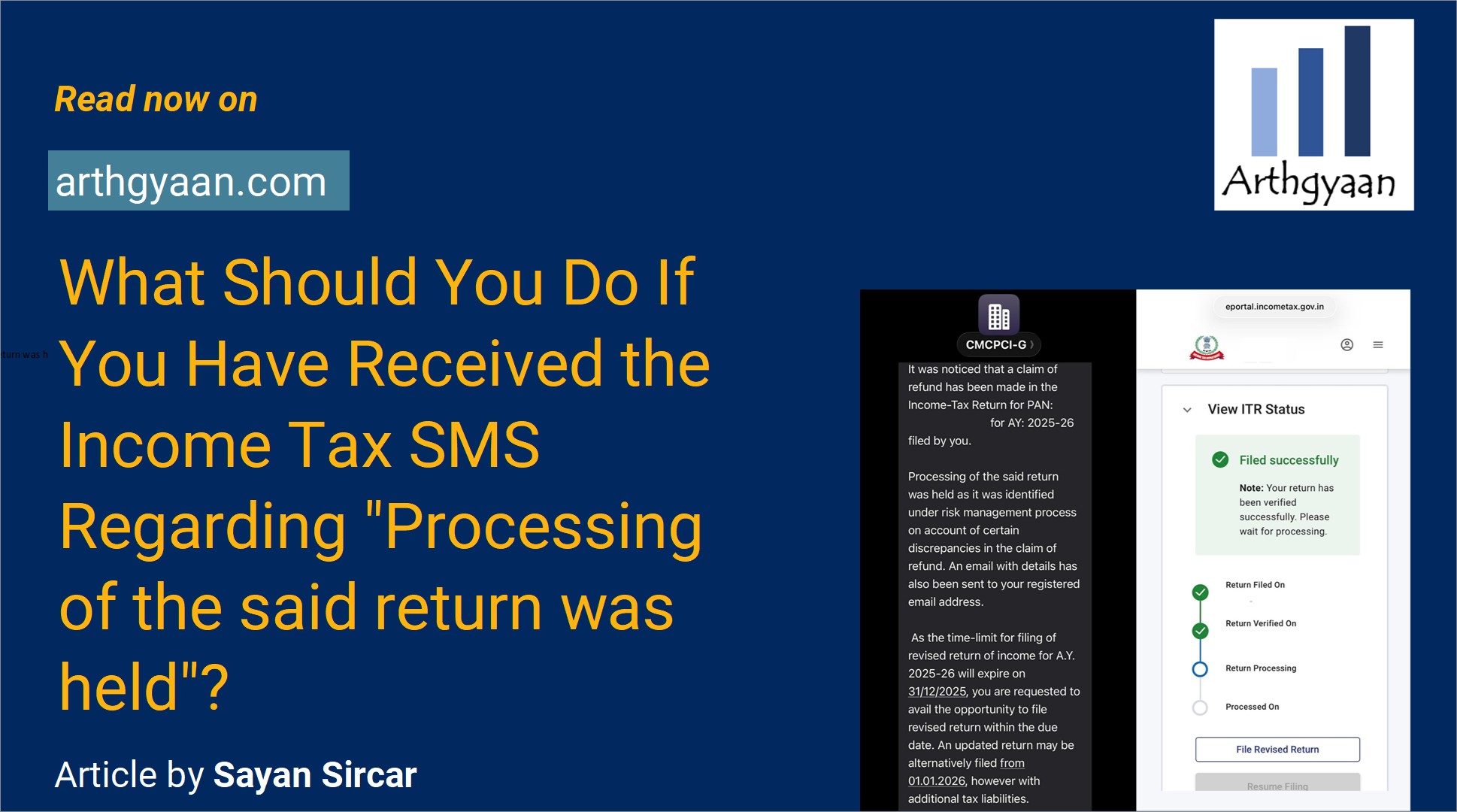What is an Investment Policy Statement and why it is needed?
The Investment Policy Statement (IPS) is an important starting point of goal-based investing: here’s why
The Investment Policy Statement (IPS) is an important starting point of goal-based investing: here’s why

The Investment Policy Statement (IPS) is a written document that is the basis of goal-based investing. The IPS is the plan that helps getting started and allows decision making at every step of the investment journey. It avoids ambiguity in decision-making and deals with common situations that the investor faces. If the investor is engaging with a financial planner, then the IPS is the result of the engagement. For DIY investors, this post details how an IPS is made. The IPS should be one of the first things that needs to be done at the beginning of life-stage based investing.
IPS describes the why, how and what of investing. The document exists so that both the advisor and client (or alternatively the DIY investor today and their future self) can unambiguously define
The IPS answers questions like:
The IPS is a “living” document and is the basis for all decision making. If a situation arises that is not covered by the IPS then there are two options based on the impact:
The IPS should include one or more Excel models for tracking and investing in goals like this plan.
The IPS contains these five major sections:
This section contains the basic details of the investor
Some of these details will go into defining the risk profile of the investor.
This section contains the details of all the goals: horizon, cost today, inflation and priority. The goal-setting process is covered in detail here. The prerequisites for starting investments will be defined here:
Using the RRTTLLU Framework, this section defines the allowed and disallowed investments and assets for each goal based on the attributes of risk, return, time, taxes, legal/regulatory, liquidity and unique circumstances of the investor. This section will deal with questions like what investments are allowed (mutual funds, provident fund) and what is not (for example NPS, direct stocks and covered bonds).
This section contains details on the asset allocation for each goal. This will also contain how the portfolio will be diversified and the dangers of starting investments late.
This section contains the goal-wise glide-path and rebalancing plan in order to manage the risk of the portfolio.
We have a sample IPS template for those readers who wish to create one. You can get it by clicking the button below.
Important: You must be logged into your Google Account on a laptop/desktop (and not on a phone) to access the sheet.

Published: 23 December 2025
6 MIN READ

Published: 18 December 2025
8 MIN READ
1. Email me with any questions.
2. Use our goal-based investing template to prepare a financial plan for yourself.Don't forget to share this article on WhatsApp or Twitter or post this to Facebook.
Discuss this post with us via Facebook or get regular bite-sized updates on Twitter.
More posts...Disclaimer: Content on this site is for educational purpose only and is not financial advice. Nothing on this site should be construed as an offer or recommendation to buy/sell any financial product or service. Please consult a registered investment advisor before making any investments.
This post titled What is an Investment Policy Statement and why it is needed? first appeared on 30 Jun 2021 at https://arthgyaan.com
Copyright © 2021-2025 Arthgyaan.com. All rights reserved.